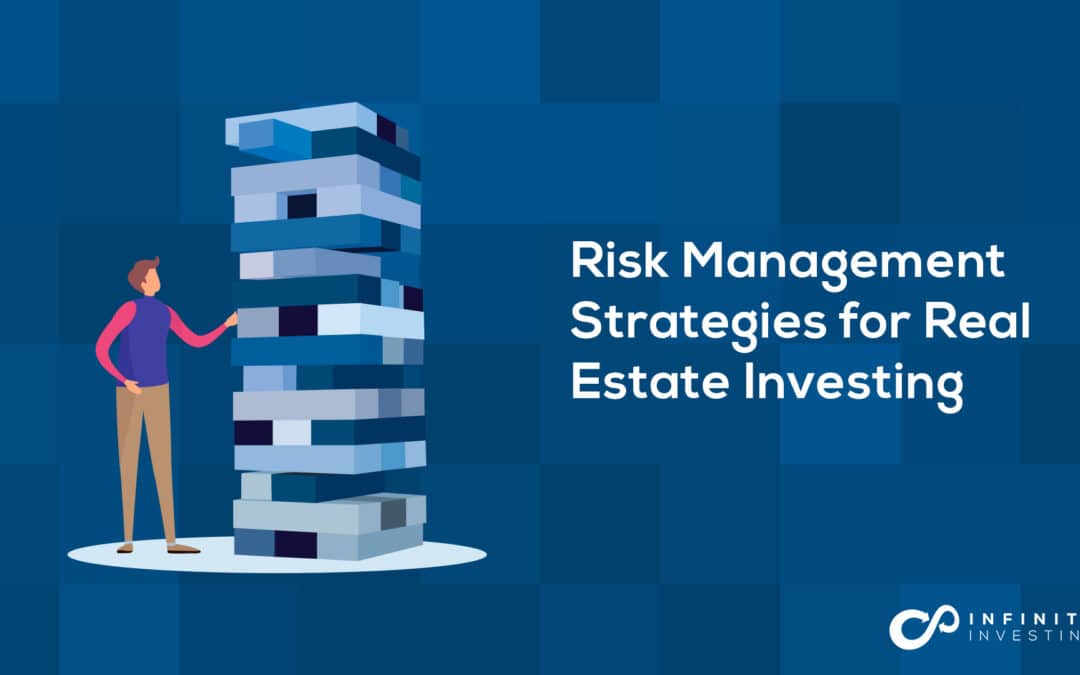Managing Real Estate Investment Risks: A Proactive Strategy for Success

As a seasoned real estate investor, you’re no stranger to the thrill of potentially lucrative returns and the satisfaction of building a diverse portfolio. However, it’s equally important to acknowledge the inherent risks that come with investing in property. Failing to properly mitigate these risks can quickly turn a promising investment into a financial nightmare.
The key to managing real estate investment risks lies in developing a comprehensive strategy that proactively addresses potential pitfalls. In this article, we’ll delve into the basics of real estate risk management, exploring common risks, prevention techniques, and smart decision-making practices to help you protect your investments and weather market fluctuations.
Identifying Common Real Estate Investment Risks
Before you can effectively manage risks, it’s essential to understand the types of risks associated with real estate investments. Here are some common ones to watch out for:
- Market risks: Fluctuations in local market conditions, such as changes in supply and demand or shifts in government policies, can impact property values and rental yields.
- Tenant risks: Problematic tenants can lead to income loss, property damage, or even abandonment.
- Financing risks: High-interest loans or mortgage rate changes can escalate your costs and decrease cash flow.
- Environmental risks: Natural disasters, zoning changes, or environmental contamination can decimate your investment’s value.
- Regulatory risks: Changes in laws or regulations can lead to non-compliance or unexpected expenses.
Risks Prevention Techniques
While you can’t eliminate all risks, you can implement measures to minimize their impact:
- Conduct thorough property inspections before purchasing to identify potential maintenance or repair needs.
- Research and analyze local market trends to make informed investment decisions.
- Diversify your portfolio by investing in multiple properties or different types of investments.
- Establish clear tenant selection criteria and regularly monitor tenant performance.
- Consider cash flow management strategies, such as maintaining an emergency fund or building a contingency plan.
Smart Decision-Making Practices
In addition to prevention techniques, make smart, informed decisions to minimize risks:
- Set clear investment goals and risk tolerance: Develop a clear understanding of your financial capacity and willingness to take on risk.
- Evaluate potential investments using conservative metrics, such as cash flow projections and potential returns.
- Work with a reputable property management company to ensure seamless day-to-day operations and minimize errors.
- Regularly review and adjust your strategy: Stay attuned to market changes and adapt your approach as needed to maintain your competitive edge.
- Consider diversifying your investment strategy to minimize reliance on a single property or market.





